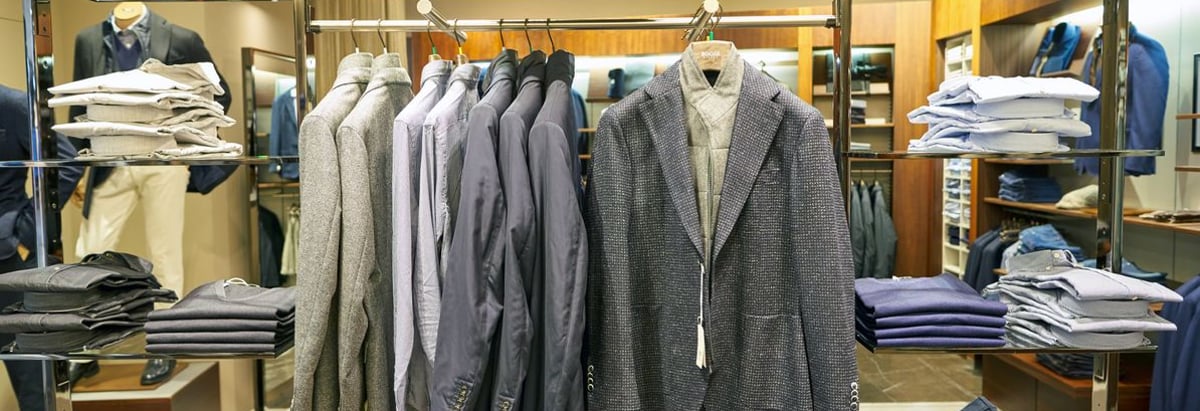- United States
- /
- Specialty Stores
- /
- NYSE:AEO
American Eagle Outfitters (NYSE:AEO) Could Be Struggling To Allocate Capital

If we want to find a stock that could multiply over the long term, what are the underlying trends we should look for? Firstly, we'd want to identify a growing return on capital employed (ROCE) and then alongside that, an ever-increasing base of capital employed. Basically this means that a company has profitable initiatives that it can continue to reinvest in, which is a trait of a compounding machine. However, after briefly looking over the numbers, we don't think American Eagle Outfitters (NYSE:AEO) has the makings of a multi-bagger going forward, but let's have a look at why that may be.
Return On Capital Employed (ROCE): What Is It?
For those who don't know, ROCE is a measure of a company's yearly pre-tax profit (its return), relative to the capital employed in the business. Analysts use this formula to calculate it for American Eagle Outfitters:
Return on Capital Employed = Earnings Before Interest and Tax (EBIT) ÷ (Total Assets - Current Liabilities)
0.12 = US$335m ÷ (US$3.5b - US$831m) (Based on the trailing twelve months to October 2023).
Therefore, American Eagle Outfitters has an ROCE of 12%. That's a relatively normal return on capital, and it's around the 13% generated by the Specialty Retail industry.
See our latest analysis for American Eagle Outfitters

Above you can see how the current ROCE for American Eagle Outfitters compares to its prior returns on capital, but there's only so much you can tell from the past. If you'd like, you can check out the forecasts from the analysts covering American Eagle Outfitters here for free.
What Does the ROCE Trend For American Eagle Outfitters Tell Us?
When we looked at the ROCE trend at American Eagle Outfitters, we didn't gain much confidence. Around five years ago the returns on capital were 26%, but since then they've fallen to 12%. However it looks like American Eagle Outfitters might be reinvesting for long term growth because while capital employed has increased, the company's sales haven't changed much in the last 12 months. It may take some time before the company starts to see any change in earnings from these investments.
The Key Takeaway
In summary, American Eagle Outfitters is reinvesting funds back into the business for growth but unfortunately it looks like sales haven't increased much just yet. Unsurprisingly, the stock has only gained 26% over the last five years, which potentially indicates that investors are accounting for this going forward. So if you're looking for a multi-bagger, the underlying trends indicate you may have better chances elsewhere.
One more thing, we've spotted 2 warning signs facing American Eagle Outfitters that you might find interesting.
While American Eagle Outfitters isn't earning the highest return, check out this free list of companies that are earning high returns on equity with solid balance sheets.
New: Manage All Your Stock Portfolios in One Place
We've created the ultimate portfolio companion for stock investors, and it's free.
• Connect an unlimited number of Portfolios and see your total in one currency
• Be alerted to new Warning Signs or Risks via email or mobile
• Track the Fair Value of your stocks
Have feedback on this article? Concerned about the content? Get in touch with us directly. Alternatively, email editorial-team (at) simplywallst.com.
This article by Simply Wall St is general in nature. We provide commentary based on historical data and analyst forecasts only using an unbiased methodology and our articles are not intended to be financial advice. It does not constitute a recommendation to buy or sell any stock, and does not take account of your objectives, or your financial situation. We aim to bring you long-term focused analysis driven by fundamental data. Note that our analysis may not factor in the latest price-sensitive company announcements or qualitative material. Simply Wall St has no position in any stocks mentioned.
About NYSE:AEO
American Eagle Outfitters
Operates as a multi-brand specialty retailer in the United States and internationally.
Flawless balance sheet and undervalued.
Similar Companies
Market Insights
Community Narratives



